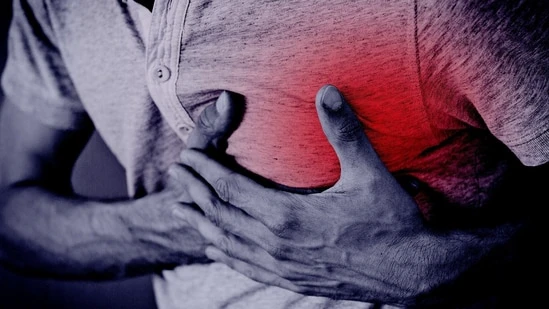Coronary heart disease (CHD) is the most common type of heart disease, killing approximately 3,75,476 people annually, according to the New York State Department of Health . Meanwhile, as per the National Institutes of Health (NIH) , India has one of the highest burdens of cardiovascular disease (CVD) worldwide.
The CHD prevalence rates in India have been estimated over the past several decades and have ranged from 1.6 percent to 7.4 percent in rural populations and from 1 percent to 13.2 percent in urban populations.
6 heart attack warning signs
With such prevalence rates, it is important to educate ourselves about cardiovascular diseases, including heart attack warning signs. In a post shared on March 6, Dr Akshay Mahajan, MDDM cardiology, listed 6 warning signs of a heart attack that one shouldn’t ignore. Let’s find out what they are:
1. Chest pain/discomfort
2. Feeling dizzy, faint, or light-headed
3. Rapid or irregular heartbeat
4. Shortness of breath
5. Breaking out in a cold sweat
6. Stomach discomfort or indigestion
A blood test that predicts heart attacks and could save your life
Now that you know of the warning signs, it is also important to know about the blood tests which could help predict the risk of a heart attack. In an Instagram post shared on June 16, Dr Yaranov shared a blood test that could save your life and predict if you are at risk of getting a heart attack.
According to the cardiologist, the blood test is called CRP. He wrote, “The blood test that could save your life – and it’s not cholesterol. CRP exposes silent inflammation that damages your arteries before you feel a single symptom. Most people have no idea their CRP is high – until it’s too late. Even with ‘normal’ cholesterol, you could still be at risk. This is the kind of info that saves lives.” He added that even with normal cholesterol, having a high CRP would mean high risk. Learn what CRP is, why it matters, and how it is measured here.
